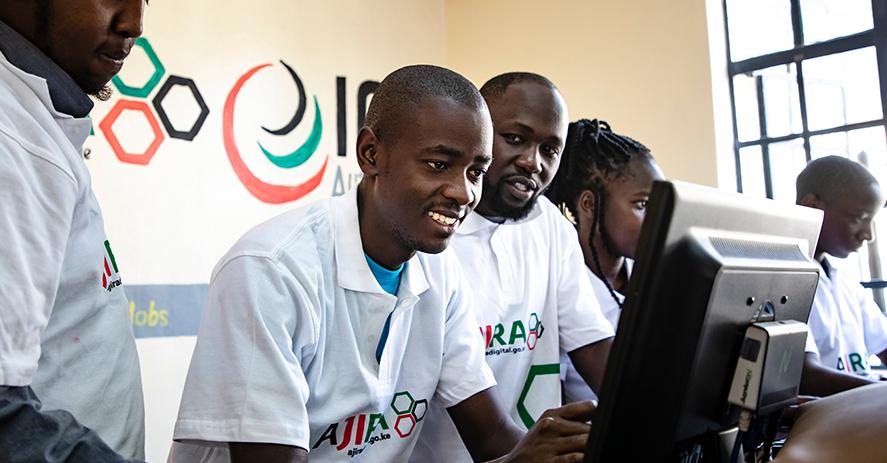More from UN DESA

Tackling domestic debt sustainability challenges in Africa
Public debt levels are growing in Africa, with many countries already in or at risk of debt distress. Impacts of global shocks such as the COVID-19 pandemic, the war in Ukraine and spillover effects of high interest rates in many developed countries have further exacerbated debt vulnerability. This is also weighing on delivery of health, education and other public services.
Policy dialogue on debt in Africa has been largely focused on external debt. However, domestic debt has become increasingly important in several countries over the past two decades. Domestic debt offers an alternative source of financing for African countries, particularly for those with relatively limited access to international financial markets. It also minimizes the risks of exchange rate volatility and currency mismatches, thus ensuring predictability on debt stock levels.
However, domestic debt also carries significant risks. For instance, large domestic debt by the public sector could crowd out private investment. In cases where domestic financial institutions are the largest holders of domestic debt, credit available for the private sector is diminished. This in turn curtails the private sector’s growth potential, since reduced private credit undermines investments into the real economy. At the same time, the associated high cost of domestic debt service also limits many African governments’ ability to maneuver an increasingly constrained fiscal space. Given the strong interactions between domestic debt and the financial sector in many countries, a domestic debt default can rapidly ripple through the economy, triggering a broad range of economic, financial, and social challenges.
Debt sustainability needs to consider both international and domestic debt. African countries will need to carefully navigate the challenges associated with domestic debt to strengthen their sustainable development outlook.
Learn more in the April Monthly Briefing of the World Economic Situation and Prospects, available on 1 April 2024.
Photo credit: UN Photo/Duncan Moore
 Welcome to the United Nations
Welcome to the United Nations